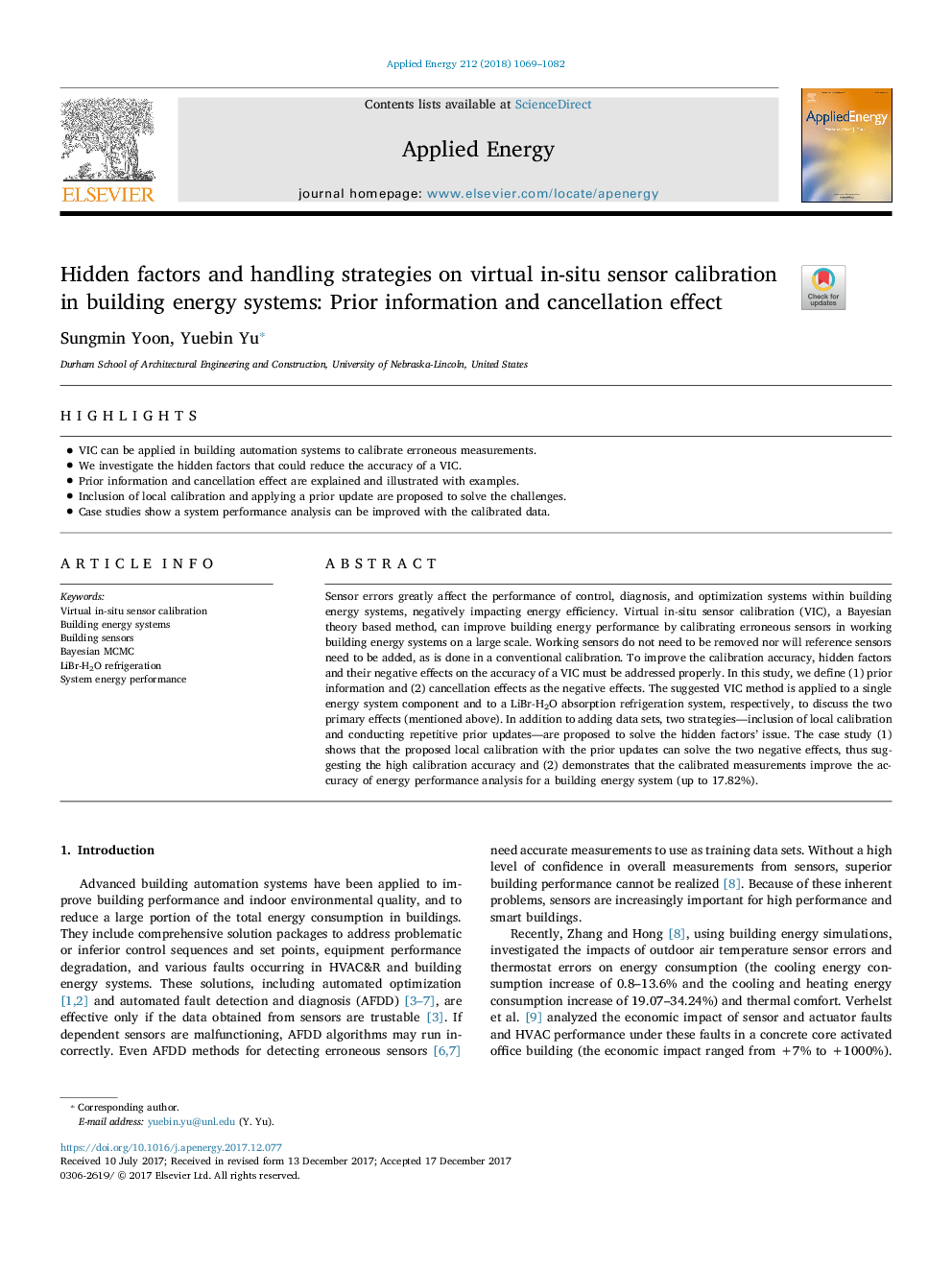ترجمه فارسی عنوان مقاله
عوامل پنهان و راهبردهای دستیابی به کالیبراسیون مجازی درون ساختمان در سیستم های ساختمان انرژی: اطلاعات پیشین و اثر لغو
عنوان انگلیسی
Hidden factors and handling strategies on virtual in-situ sensor calibration in building energy systems: Prior information and cancellation effect
| کد مقاله | سال انتشار | تعداد صفحات مقاله انگلیسی |
|---|---|---|
| 82131 | 2018 | 14 صفحه PDF |
منبع

Publisher : Elsevier - Science Direct (الزویر - ساینس دایرکت)
Journal : Applied Energy, Volume 212, 15 February 2018, Pages 1069-1082

